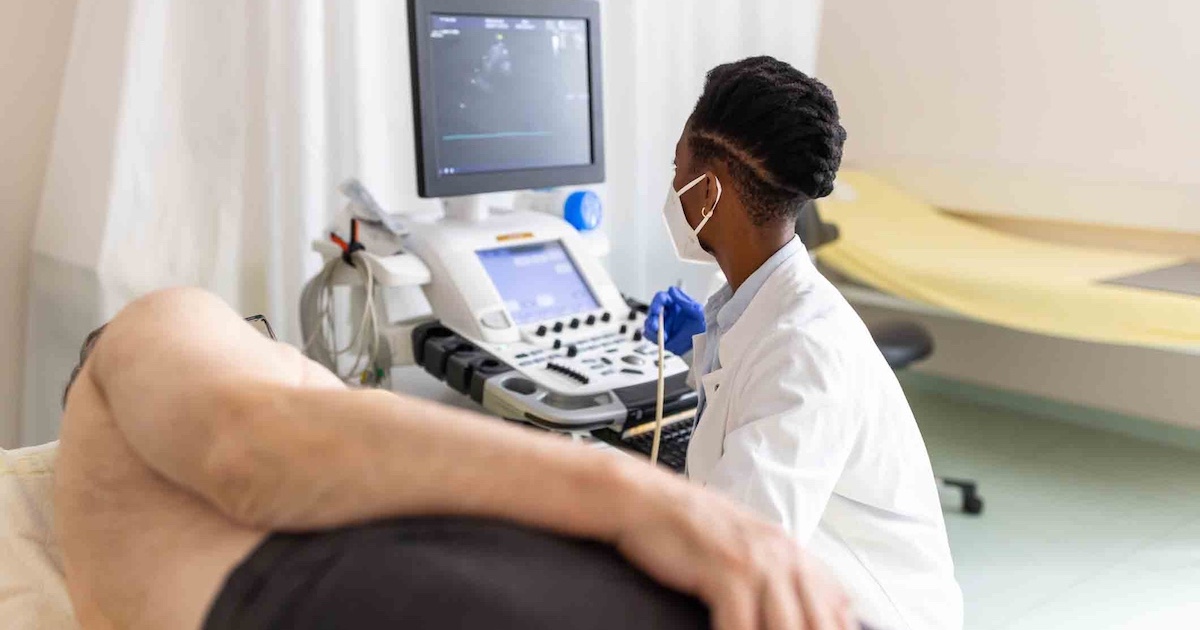Forget about wrist-worn health monitoring devices; the head is where it's at.
"Eyewear is one of the few things worn by humans that's in close proximity to all five senses," says Jay Sales, co-lead at VSP Global's innovation lab, known as The SHOP. And it's the most important part of the body – you can't live without it. It's where the brain is located.
That's why VSP Global, a 60-year-old insurer specializing in optical coverage, is developing a pair of interactive eyeglasses that, officials say, could be better than anything worn on the wrist, chest, back or any other body part.
"It's not completely understood how much information can be derived through the eyes or from eye care," says Sales, who notes that a high-res photograph of the eye can tell doctors a lot about one's health. "We have direct access to the cardiovascular and nervous system through the eyes."
Unlike Google Glass, which took a beating in the consumer market but may still find a home in provider-facing healthcare circles and certain other industries, VSP's prototype – dubbed Project Genesis – aims to help users and their healthcare providers record and track physiological data. A recent 10-week trial showed success in charting steps taken, calories burned and distance travelled; the next test will target heart rate, posture and gait.
[See also: Is the Apple Watch a pioneer or pinata?]
"Being at the center of gravity, we can do a lot with gait," Sales says.
The eyeglasses, developed in the company's Marchon eyewear division (the world's third largest manufacturer of frames) with black Dragon Alliance frames, are designed to be as unobtrusive as possible. And Sales points out that while watches and other wrist monitors are conscious additions to one's wardrobe, eyeglasses are more natural and complementary.
"From the wrist or with the watch, you're adding something that you might not be normally wearing," he says. "For us, it's about making something that basically disappears."
VSP is developing the glasses in two labs, and with some pretty impressive support. The SHOP has one lab in Sacramento, where researchers focus on the software and hardware (the "bits"), and a second lab in New York City's Garment District, where research is focused on manufacturing and design (the "atoms"). Among the project's technology partners are two high-profile mHealth incubators, the Massachusetts Institute of Technology in Cambridge and the USC Center for Body Computing in Los Angeles.
Sales, who shares project management responsibilities with Leslie Muller, says eyeglasses have the potential for capturing more contextualized health data than any other form of wearable – and for longer periods. He talks of the infamous "90-day cliff" in mHealth, when a majority of users decide to stop wearing their wearables, and says eyeglasses can surpass that barrier because "you're already using them for something else – to correct your vision."
Sales notes the project is in its early stages, but envisions a future that might include blood glucose sensors for diabetics, sensors that photograph the eye at regular intervals or even in real time, and empathetic algorithms that would enable users and providers to go beyond just tracking data.
As for lessons learned, he says they have to be careful not to be too geeky.
"Combining (clinical uses) and fashion is an extremely unique challenge," he says. "Trying to spread electronics across the whole set of glasses was not a lot of fun. We learned from that."
Sales is quick to praise Google – "the audacity to push boundaries is exactly what's needed," he says – and doesn't think Glass is the disaster that some have made it out to be. But where their future may lie in provider-facing applications, Project Genesis is targeted at the consumer. For a payer, that consumer is the health plan member who needs eyeglasses to correct vision problems.
“Eyewear has been the most successful piece of ‘wearable technology’ for over 700 years,” Muller says in a VSP blog. “With Genesis, we’re now adding additional value into the frame, but doing so in a seamless, fully integrated design that creates a richer experience for the wearer."
Related Video:
See also:
Top wireless device developments of 2015? Apple's at the top, of course
Are smartphones better than wearables for measuring fitness?


